The American housing landscape is undergoing a significant transformation, with renting becoming the dominant choice in several major cities. Rising home prices, stagnant wages, and shifting lifestyle preferences are leading more people to lease rather than buy. This change is causing ripple effects across local economies, urban planning, and housing policies. Below are 12 U.S. cities where renters now outnumber homeowners—and how this shift is reshaping communities.
1. New York City, NY
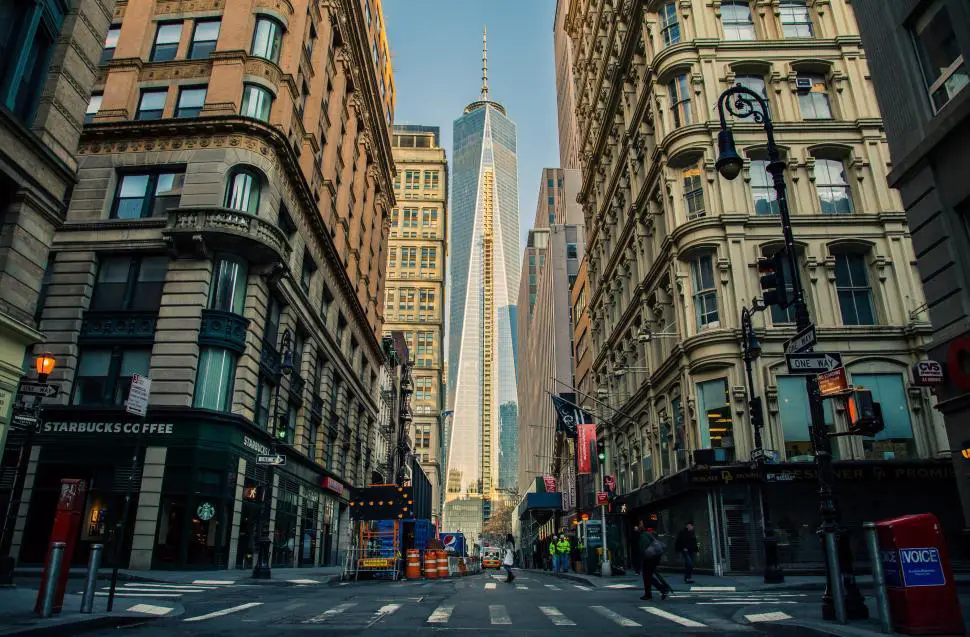
According to The New York Times, New York City has long been a renter-majority metropolis, with over two-thirds of residents leasing their homes. Sky-high property prices and limited availability make homeownership unattainable for many, keeping demand for rentals strong. In response, landlords have gained leverage in a tight market, often increasing rents while reducing lease incentives. This imbalance has led to growing debates over rent stabilization and tenant protection laws.
With renting now the norm, entire neighborhoods have transformed to cater to transient populations. Luxury rental developments are replacing traditional row homes, and co-living spaces are surging in popularity. The city’s focus has shifted toward high-density housing projects, with policymakers struggling to balance affordability with profitability. As rental rates continue to rise, many lifelong residents are being priced out, further changing the city’s demographic makeup.
2. Los Angeles, CA
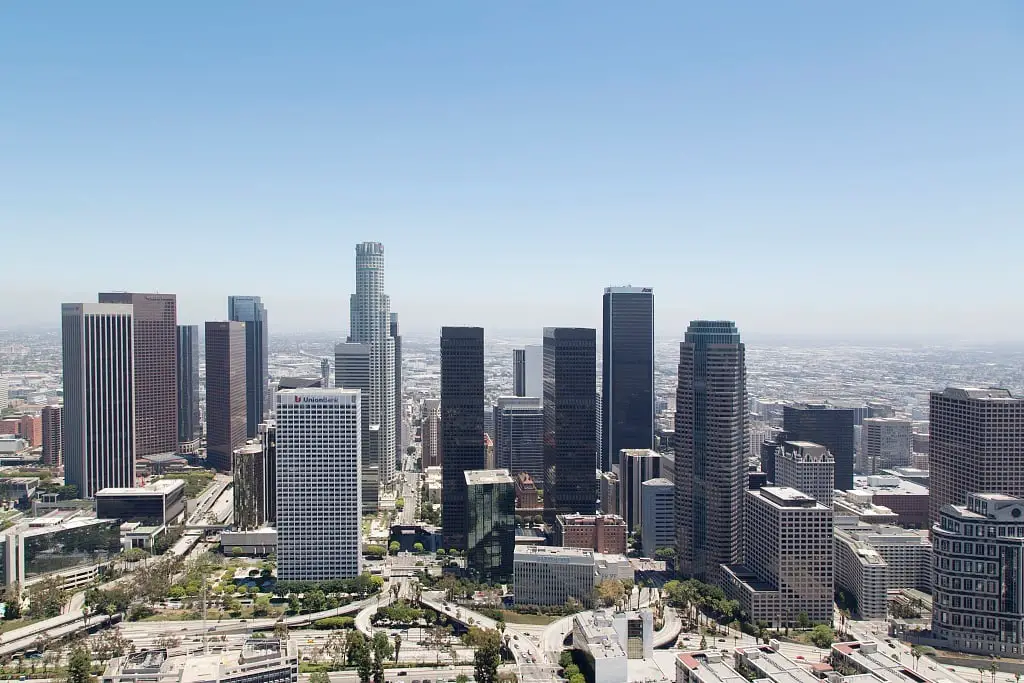
A Forbes report notes that over 60% of Los Angeles residents rent their homes, a trend driven by the city’s prohibitive housing costs. The median home price exceeds $900,000, making ownership nearly impossible for middle-income families. Renters dominate both central and suburban areas, leading to an increased demand for apartments and multifamily housing. This shift has put significant pressure on local infrastructure and public transportation.
As renting becomes the standard, developers are prioritizing high-rise apartments over single-family homes. Long-term residents face challenges securing stable rental agreements, with landlords frequently adjusting leases to reflect market surges. In response, L.A. officials are expanding rent control policies, but debates over their effectiveness persist. Meanwhile, rising rents continue pushing lower-income residents further from the city center, altering Los Angeles’ cultural and economic landscape.
3. San Francisco, CA

As reported by The San Francisco Chronicle, San Francisco is a city where renters overwhelmingly outnumber homeowners. High demand, coupled with restrictive zoning laws, has made purchasing property nearly impossible for most residents. Even tech industry professionals find it difficult to afford homes, leaving them reliant on high-cost rental units. This has led to an increased focus on tenant rights and rent control measures.
The city’s housing policies are struggling to keep up with demand, with supply shortages fueling competitive bidding wars for rentals. Wealthier renters dominate luxury apartment markets, while working-class families are forced into smaller units or shared housing. Many long-term residents cite instability as a key concern, as rapid neighborhood changes make it difficult to establish lasting communities. With rental prices continuously climbing, more residents are considering relocating to more affordable regions.
4. Miami, FL
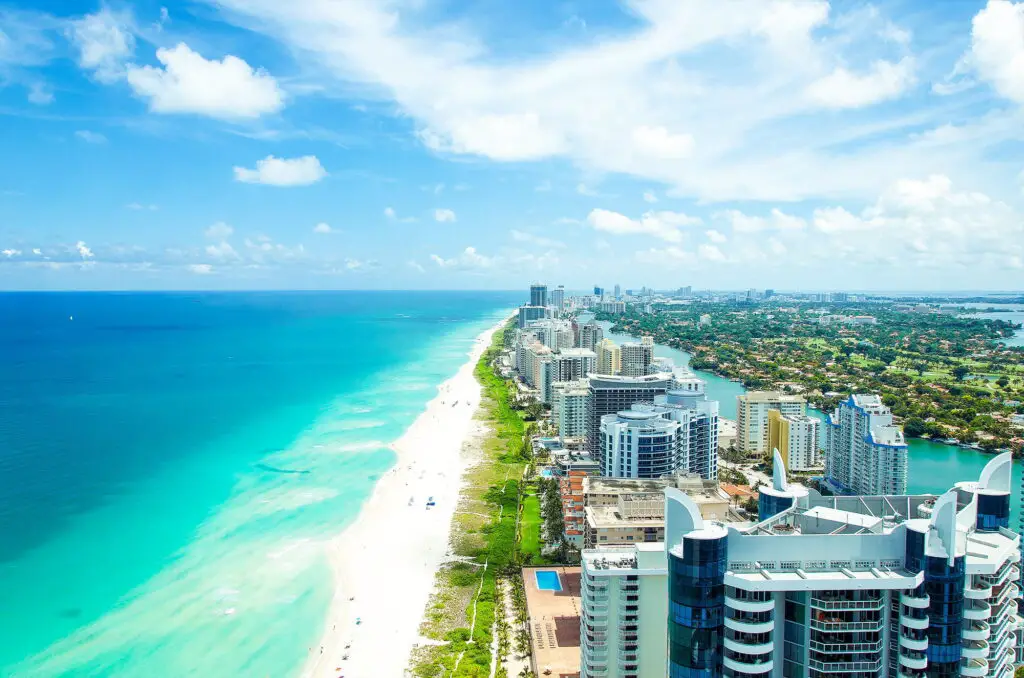
Bloomberg highlights that Miami’s rental market has seen explosive growth due to an influx of new residents and investors. Home prices have surged beyond affordability for many, making renting the only viable option for most locals. The city’s condo-heavy real estate market has made it particularly attractive to short-term renters and seasonal residents. As a result, Miami’s long-term rental landscape has become increasingly unpredictable.
The rise of luxury rental developments is reshaping Miami’s urban environment, often prioritizing high-income tenants over local families. Rent spikes have led to displacement in historically affordable areas, forcing longtime residents to relocate. Additionally, increased reliance on rental properties has contributed to a fluctuating market, where lease agreements and pricing structures change frequently. These dynamics have sparked new conversations about housing stability and affordability across South Florida.
5. Chicago, IL

Chicago’s affordable housing stock has diminished as rental demand surges. While the city was once a stronghold for homeownership, rising property taxes and stagnant wages have pushed more people into renting. Many historic neighborhoods are transitioning into renter-dominated areas, leading to debates over gentrification and affordability. Developers are responding by prioritizing luxury rental properties, shifting the city’s housing market dynamics.
The renter boom has also influenced Chicago’s economic priorities, with businesses catering more to transient populations. Short-term leasing options, furnished apartments, and high-end rental amenities are becoming the norm. Meanwhile, local policymakers are attempting to strike a balance between tenant protections and property investment incentives. With renting now the standard in many parts of the city, homeownership is increasingly seen as a privilege rather than a necessity.
6. Boston, MA

Boston’s housing crunch has made renting the default choice for a growing number of residents. The city’s large student population has long supported a strong rental market, but professionals and families are now finding themselves unable to buy. Condos and multifamily housing developments have taken center stage, as single-family homes become a rarity in the city. This shift is forcing more people into rental agreements with fewer long-term housing options.
Many neighborhoods that were once primarily homeowner-oriented are becoming increasingly populated by renters. As rental demand grows, rent prices are climbing, and younger professionals are having to adjust their expectations. The availability of short-term rentals has also surged in response to demand from those who prefer temporary accommodations. Despite efforts to build affordable housing, many residents are finding it harder to navigate Boston’s rental landscape as prices continue to rise.
7. Austin, TX
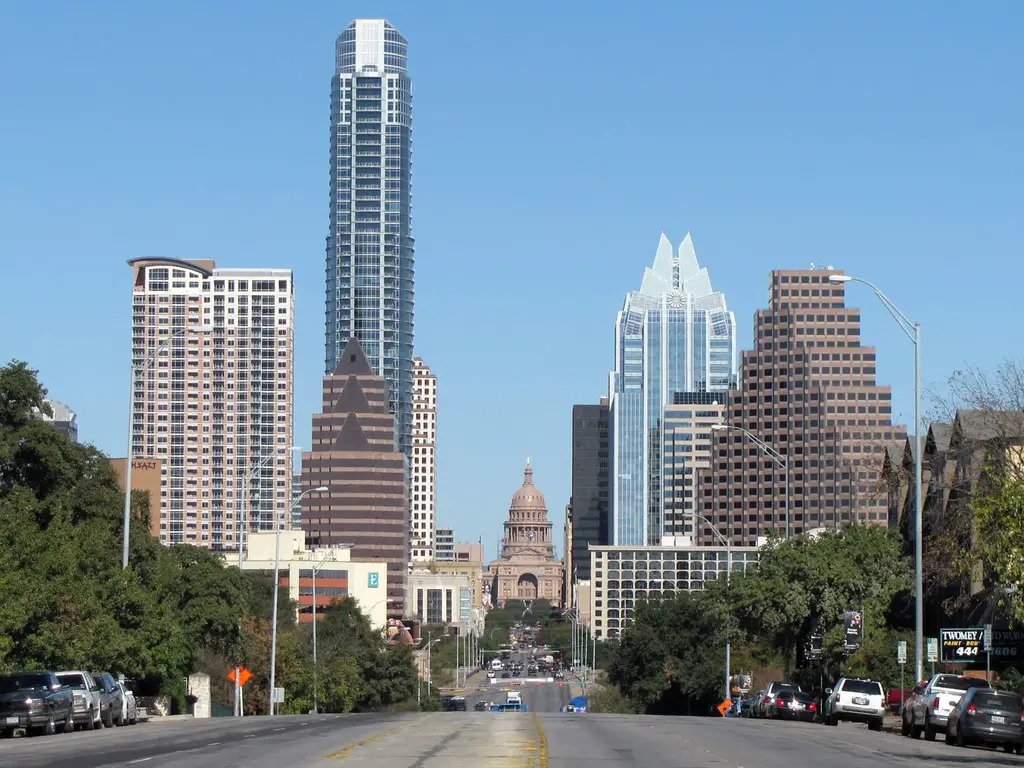
Austin’s booming economy has contributed to a dramatic rise in rental demand. While the city was once an affordable alternative to California, skyrocketing property values have priced out many prospective homeowners. With renting now the norm, high-density developments are reshaping the city’s skyline. Austin’s rapid urbanization is making it increasingly difficult for renters to secure stable housing at reasonable rates.
The influx of tech professionals and out-of-state movers has only intensified rental market competition. Developers are focusing on high-end rental units, while lower-income residents are pushed to the outer suburbs or beyond. As demand for rentals continues to rise, rental prices have surged dramatically, making it harder for even middle-class families to find affordable housing. Austin’s growing reliance on renters is changing the city’s character, turning it into a bustling, transient community.
8. Seattle, WA

Seattle’s tech-driven economy has fueled a housing market dominated by renters. As home prices climb beyond reach, long-term renting has become the reality for many professionals. This trend has prompted a surge in luxury apartment complexes, often at the expense of traditional housing. The city’s rental-heavy demographic is influencing everything from public transit development to commercial zoning regulations.
Additionally, Seattle’s popularity with younger professionals and tech workers has accelerated the shift toward renting. Many of these new residents are choosing to stay in the city’s downtown core, where rental apartments are in high demand. This growing trend is reshaping local communities, as fewer people can afford to purchase homes. With rental prices rising and inventory remaining scarce, Seattle is grappling with how to provide affordable housing to its residents.
9. Washington, D.C.
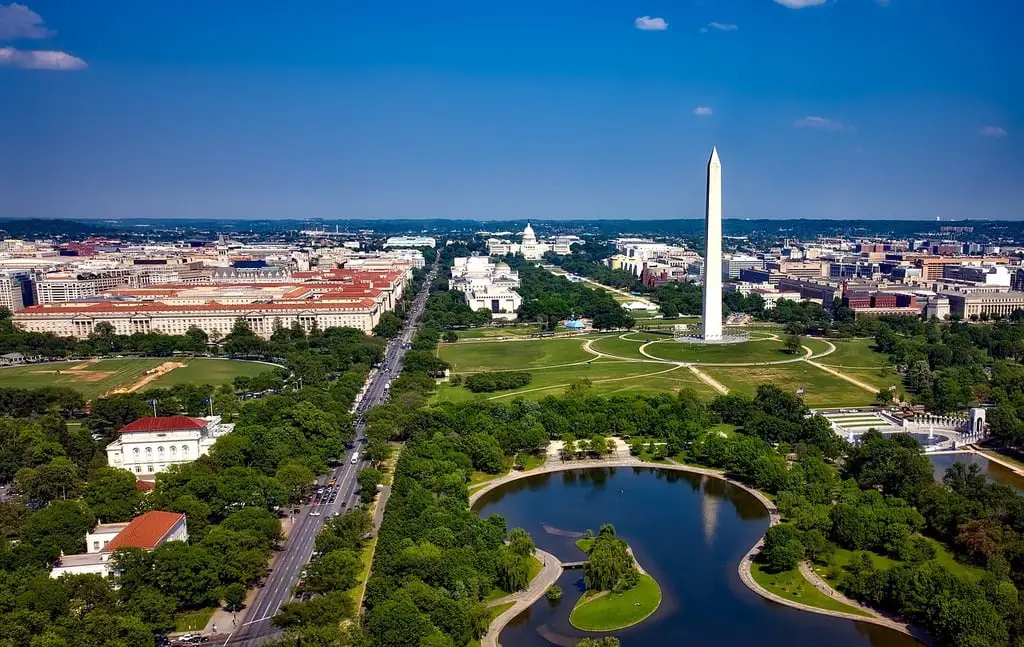
The transient nature of Washington, D.C.’s workforce has solidified its status as a renter-majority city. Government employees, students, and young professionals fuel demand for rental housing, leaving homeownership out of reach for many. This has led to an increase in upscale rental properties, making affordability a growing concern. The shift toward renting is particularly evident in the downtown areas, where luxury apartments dominate the housing market.
Rental demand continues to rise as more people flock to Washington, D.C. in search of job opportunities and proximity to the government sector. As a result, developers are prioritizing the construction of rental properties, often at the expense of affordable housing options. While the city boasts a strong rental market, the increasing reliance on leasing has made it difficult for low-income and first-time buyers to enter the housing market. This growing reliance on rentals is further reshaping Washington, D.C.’s demographic makeup.
10. Denver, CO
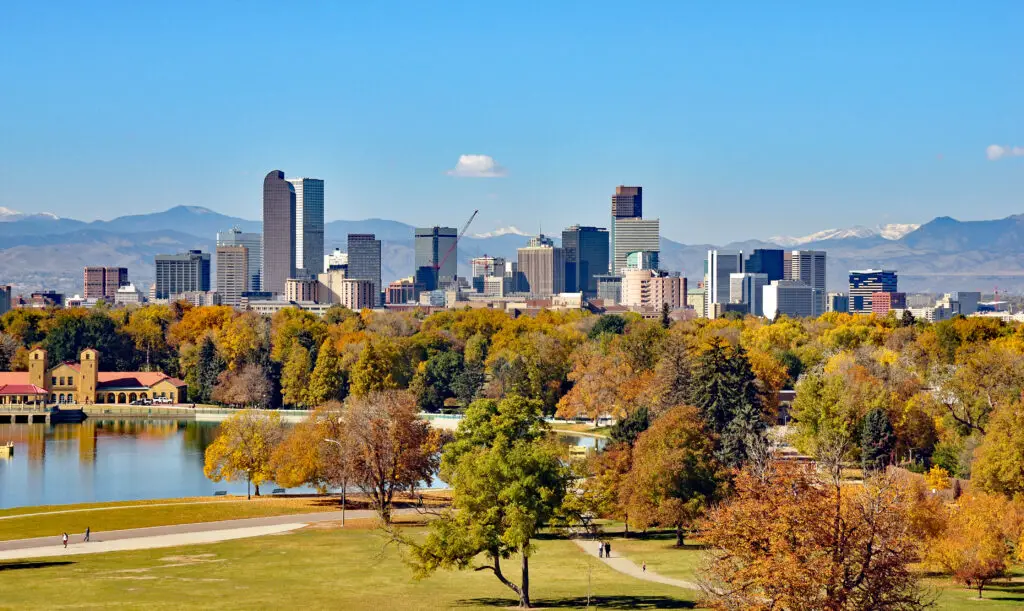
Denver’s booming real estate market has made homeownership increasingly difficult for many residents. With prices on the rise, a growing number of people are opting to rent rather than buy, resulting in a shift toward higher rental demand. As new residents continue to move to the city, many are drawn to its diverse rental offerings, from luxury apartments to suburban rental homes. The shift to renting has significantly impacted local housing policies and urban development.
In response to the demand for rentals, developers have shifted their focus from single-family homes to multifamily housing units. As a result, rent prices have soared, pushing out longtime residents who can no longer afford to live in their neighborhoods. The influx of renters has created a more transient community, with residents frequently moving as rental prices fluctuate. This shift has altered the city’s housing landscape and increased competition for rental units, further driving up prices in desirable areas.
11. Portland, OR
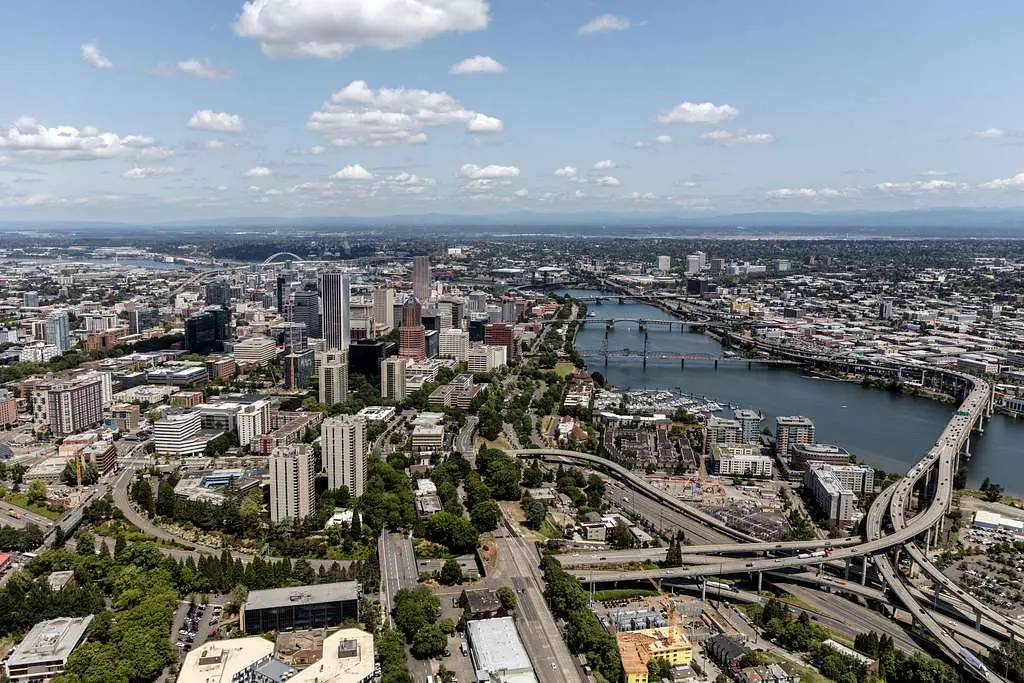
Portland has long been known for its progressive culture, and its housing market has been heavily impacted by shifting rental trends. As homeownership becomes less attainable for many residents, more individuals are turning to rentals. With a growing number of younger renters moving to the area, the demand for rental housing has surged, particularly in the downtown and inner-city neighborhoods. This shift is changing the fabric of Portland’s communities.
Despite the city’s efforts to develop affordable housing options, the increasing reliance on renting has driven rental prices up. Many longtime residents are being displaced by rising rents, especially in neighborhoods that were once considered affordable. The high demand for rental units is also affecting the city’s transportation planning and development, as more people rely on public transit to get to work. As the shift toward renting continues, Portland’s housing policies are likely to face additional pressures in the years ahead.
12. Las Vegas, NV

Las Vegas has experienced rapid growth in both population and rental demand in recent years. The city’s booming tourism industry and its affordable living costs have drawn an increasing number of renters, especially those in search of flexible living arrangements. The Las Vegas housing market has seen an influx of rental properties catering to both short-term visitors and long-term residents. As a result, renting has become the preferred choice for many people moving to the area.
As the city’s rental market becomes more competitive, the increase in demand has led to a rise in rental prices, making it more challenging for some residents to find affordable housing. Developers have focused on building high-rise apartment buildings and multifamily units to meet the demand. The reliance on rentals is also impacting Las Vegas’ economy, as the transient nature of renters contributes to a less stable community dynamic. This shift in housing trends has created challenges for both renters and policymakers in the city.
